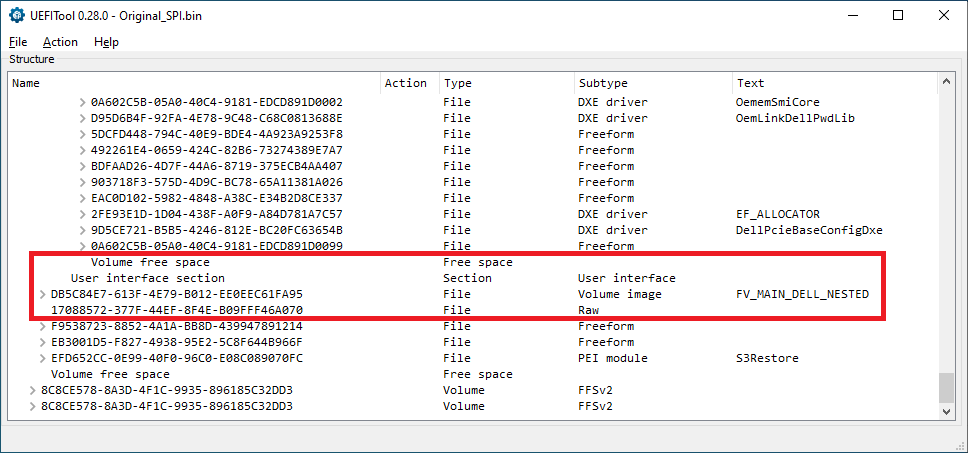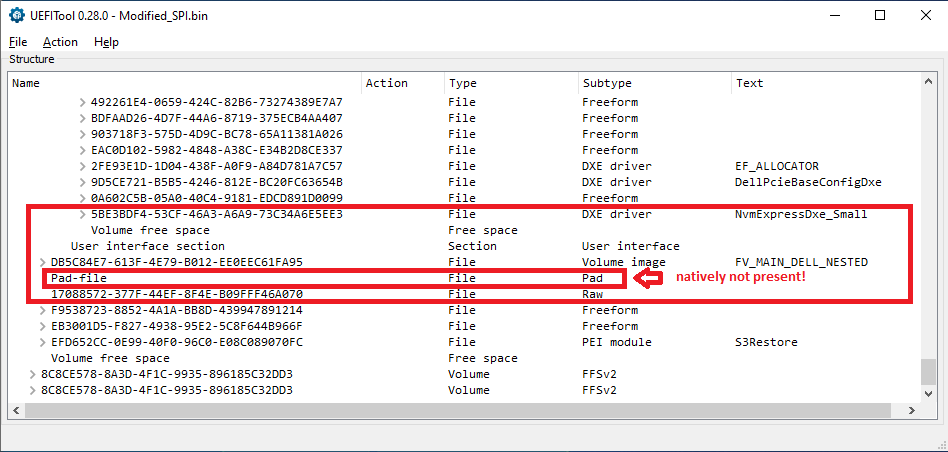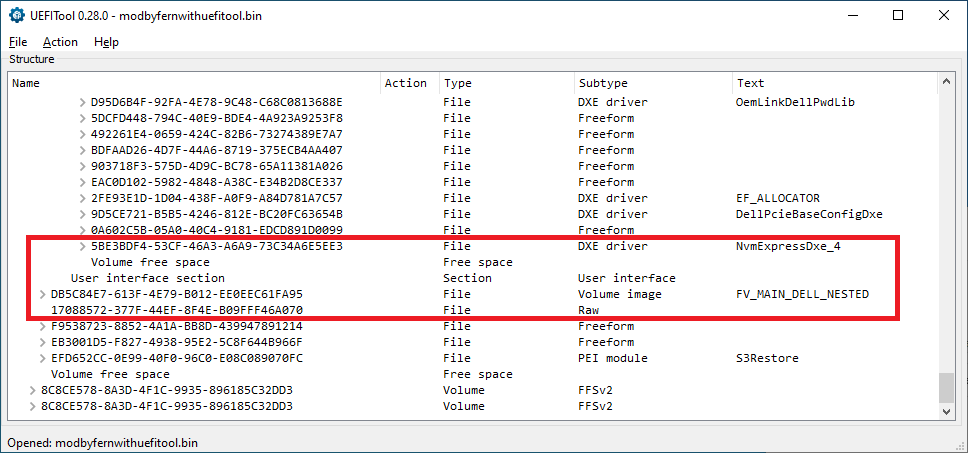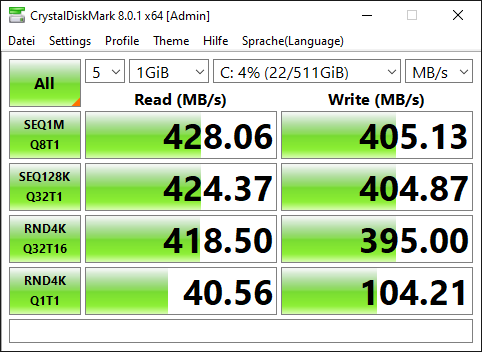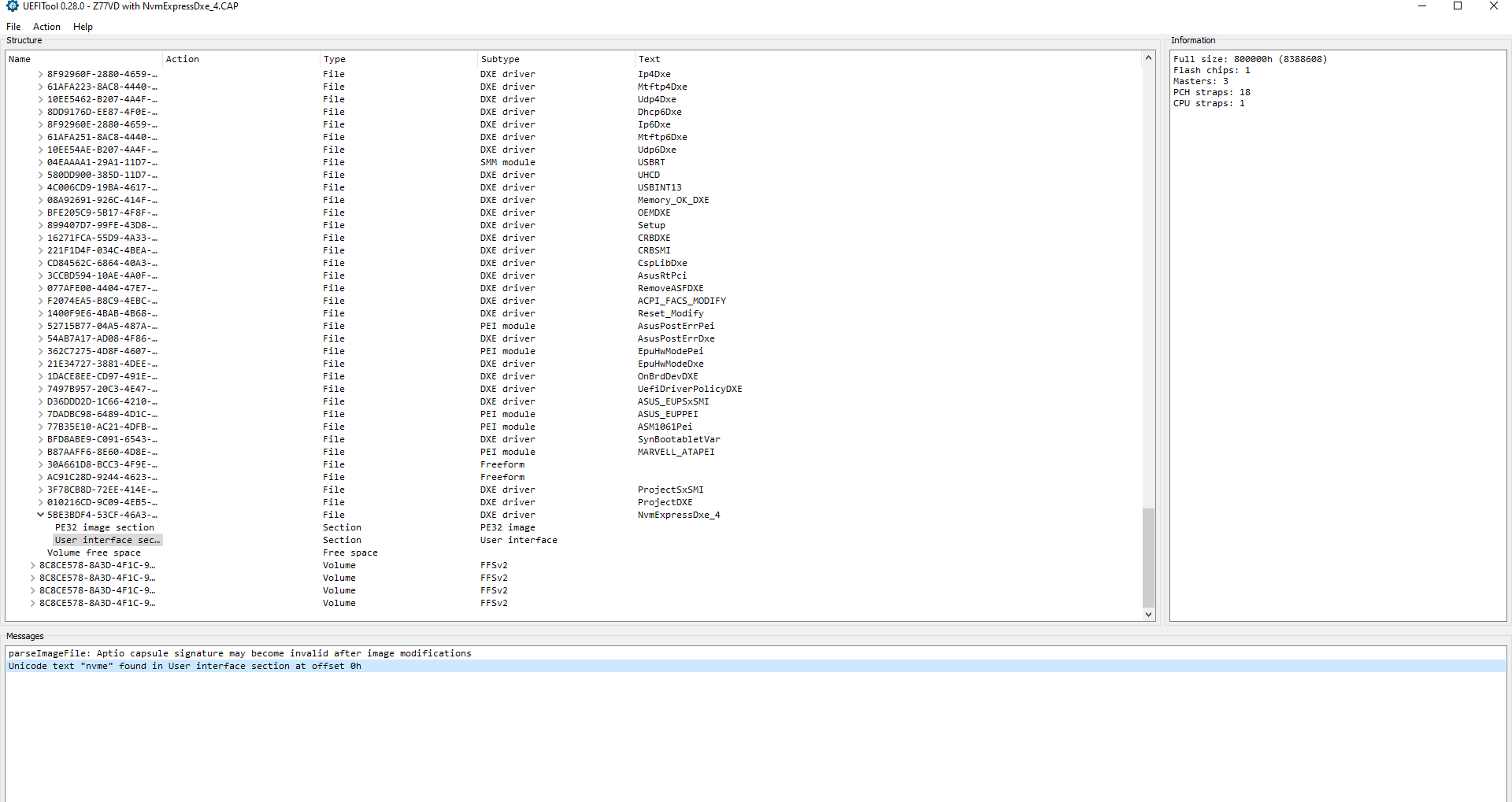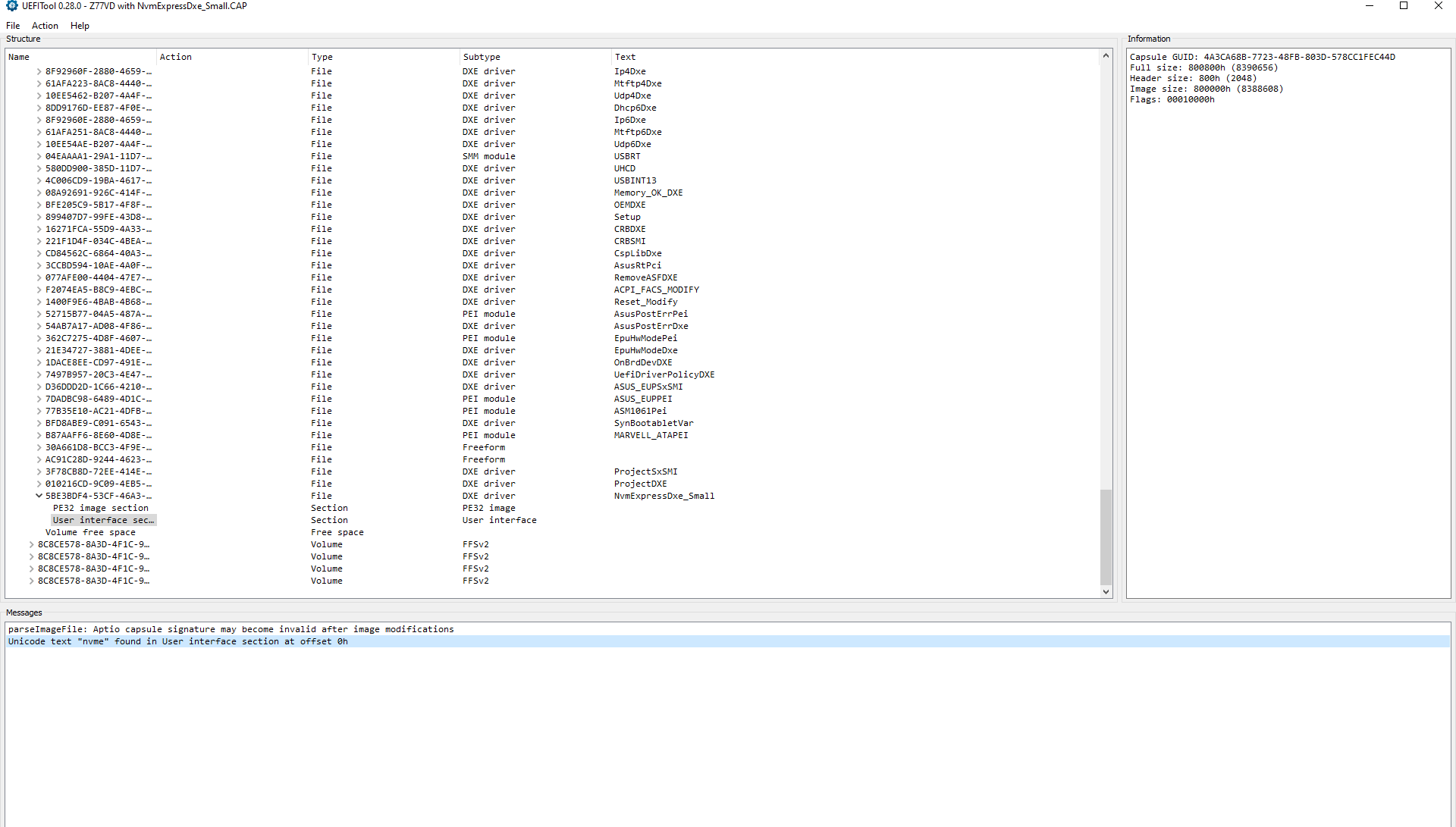I want to suggest to open two new threads?
“padding-files - How to reliably detect problems and avoid or handle them”
"when i have to use compressed files/modules and when it is not neccesary"
Hello,
back again with the dell optiplex machines
After
- remove the password jumper
- setting the service_mode jumper
- using the BACKUP-Tool from
@Thewero (post:
[HowTo] Get full NVMe support for all Systems with an AMI UEFI BIOS (441)from where I got the correct FPT-Versions-Information - thank you very much !)
Finally i had to boot in DOS mode and only there i got all my three different BIOSes extracted and unmodified reflashed for test again.
Now i tried to modified all of them using the different Tools “MM-Tool 4.50.0.23” and “UEFI-Tool v0.28”.
But now i am very confused about some facts i want learn to understand clearly.
The MM-Tool give me a warning for all three BIOS when i try to insert the uncompressed big NVME_4 File (size not enough…)
…the UEFI-Tool never give me this warning even with the big file. this tool let me insert small and big, but i not can find the option to insert "as compressed"
why this different behavior using the same files on the same BIOS?
which tool give me the correct information?
…OK …so i guessed in general i better insert the “_small” file and “compressed” for being on the safe side and i added the “_small” file first with the MM-Tool and compressed
Then tried to take care about the padding-files added or removed as i understand this can be the little difference of success or bricking the BIOS
But i not 100% understand how to reliably find and handle those paddings. In my modification-tries i found out that both tools can add or delete this paddings in the modded BIOS.
In the end now i am comletely confused.
Relying on the “size not enough…” info? And try use a tool which can insert compressed.?
But what to do when exactly this tool causes padding-problems?
